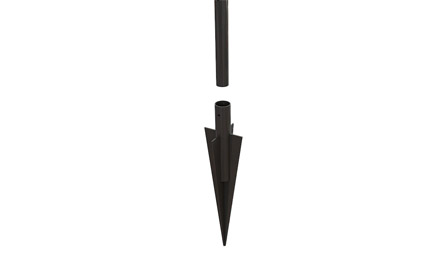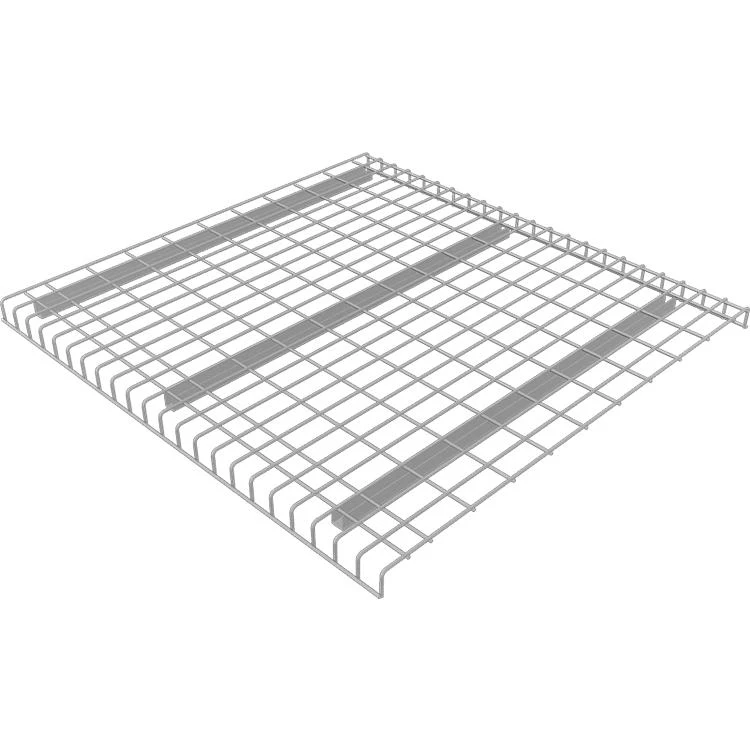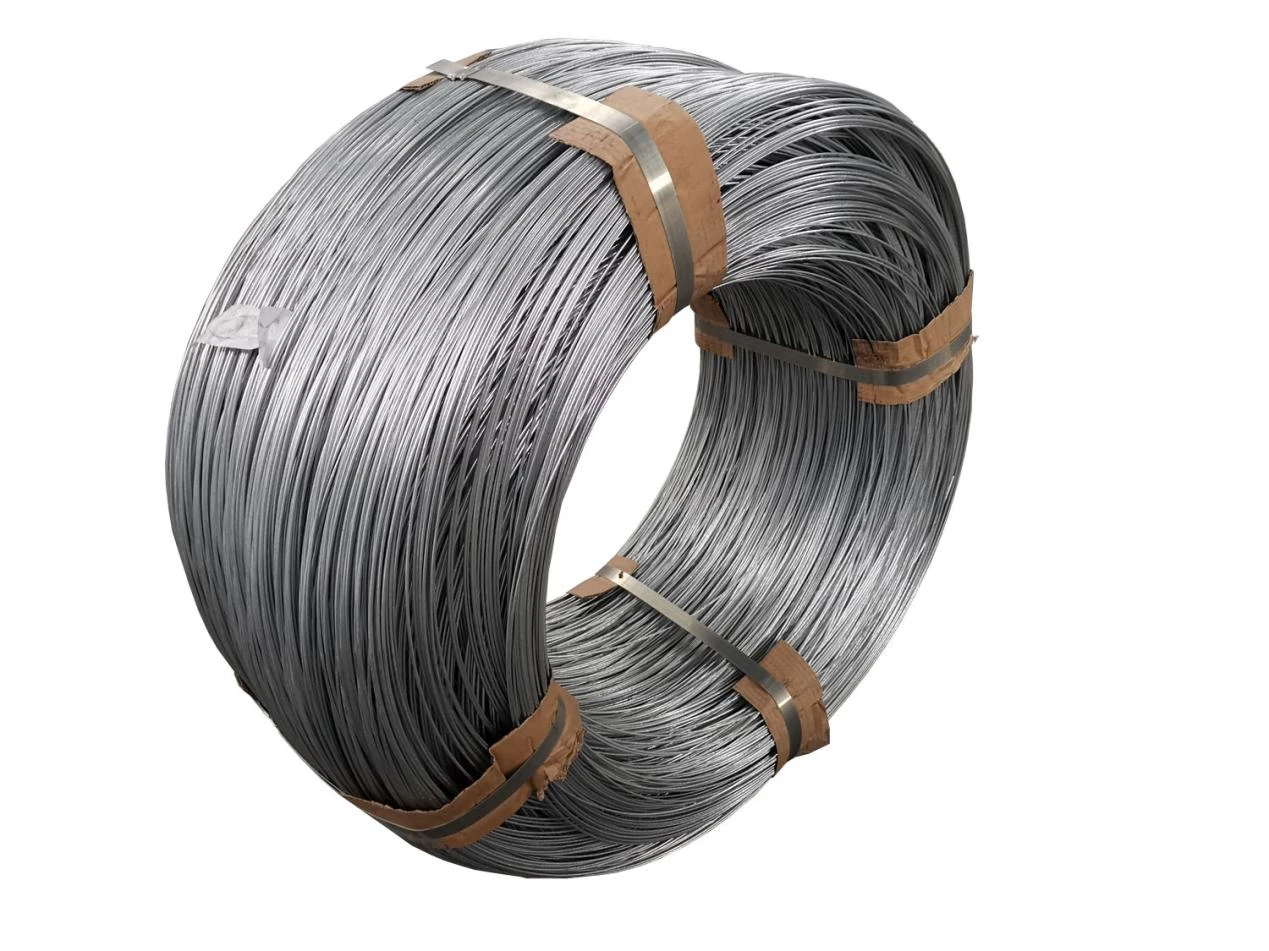sheet metal roofing nails
12月 . 19, 2024 16:10
Understanding Sheet Metal Roofing Nails
Sheet metal roofing has been widely recognized for its durability, longevity, and energy efficiency. Its use in residential and commercial buildings is growing due to its aesthetic appeal and practical advantages. However, one crucial aspect of sheet metal roofing that often goes unnoticed is the significance of nails used in the installation process. Sheet metal roofing nails are specifically designed to ensure a secure and long-lasting roof while also providing protection against the elements.
What Are Sheet Metal Roofing Nails?
Sheet metal roofing nails are specialized fasteners made from materials that resist corrosion and provide longevity, such as stainless steel or galvanized steel. These nails are typically larger than standard roofing nails, featuring a wider head to secure the roofing material adequately. The head helps distribute the load and prevents the nail from being pulled through the metal. The shank of the nail is often smooth or slightly textured, which aids in anchoring the nail securely into the underlying structure.
Importance of Proper Nails in Sheet Metal Roofing
Using the appropriate nails is vital when installing sheet metal roofs. The wrong type of nail can lead to various problems, including leaks, rust, and roof failure. For instance, if non-corrosive nails are used, they can degrade quickly in wet environments, leading to a compromised roofing system. The nails also need to be compatible with the thickness of the metal being used; too short or too long a nail can either fail to secure the metal properly or penetrate too deeply, possibly damaging insulation or other internal components.
Choosing the Right Nails
When selecting the right nails for sheet metal roofing, several factors should be considered
1. Material Stainless steel and galvanized options are the go-to choices for their resistance to rust and corrosion. Galvanized nails, coated with zinc, are typically more cost-effective, while stainless steel nails offer superior resistance, especially in coastal regions where salt corrosion is a concern.
sheet metal roofing nails

2. Length and Diameter The length of the nail should be selected based on the thickness of the metal roofing and the substrate underneath. Generally, nails that are 1 to 1.5 inches long are ideal for most applications, but always check the manufacturer’s guidelines.
3. Head Size A larger head size is preferable to ensure adequate support and prevent pull-through. Typically, roofing nails with a head diameter of at least 0.5 inches are recommended.
4. Type of Installation Depending on whether you’re using a pneumatic nail gun or manual nailing, the choice of nails might vary. Some nails are specifically designed for pneumatic use, while others may be better suited for hand-driven applications.
Installation Techniques
Proper installation of sheet metal roofing nails is essential for achieving optimal performance. Nails should be driven straight and flush with the surface of the metal, avoiding overdriving, which can damage the roofing material. It’s important to follow a recommended nailing pattern, often specified by the manufacturer, to ensure adequate wind resistance and water protection.
Maintenance and Inspection
Regular maintenance of the roofing system involves inspecting the integrity of the nails and ensuring they remain tight and sound. Look for any signs of wear, rust, or loose nails during routine inspections. If issues are detected, prompt replacement is recommended to prevent further damage.
Conclusion
Understanding the role of sheet metal roofing nails is crucial for anyone involved in the installation or maintenance of metal roofs. The right choice of nails not only enhances the longevity of the roofing system but also protects the building from the elements, ensuring a safe and durable shelter. Investing time in selecting the proper materials and techniques pays off in the long run, providing peace of mind and structural integrity for years to come.









 Unity
Unity Creation
Creation Challenge
Challenge Contribution
Contribution










